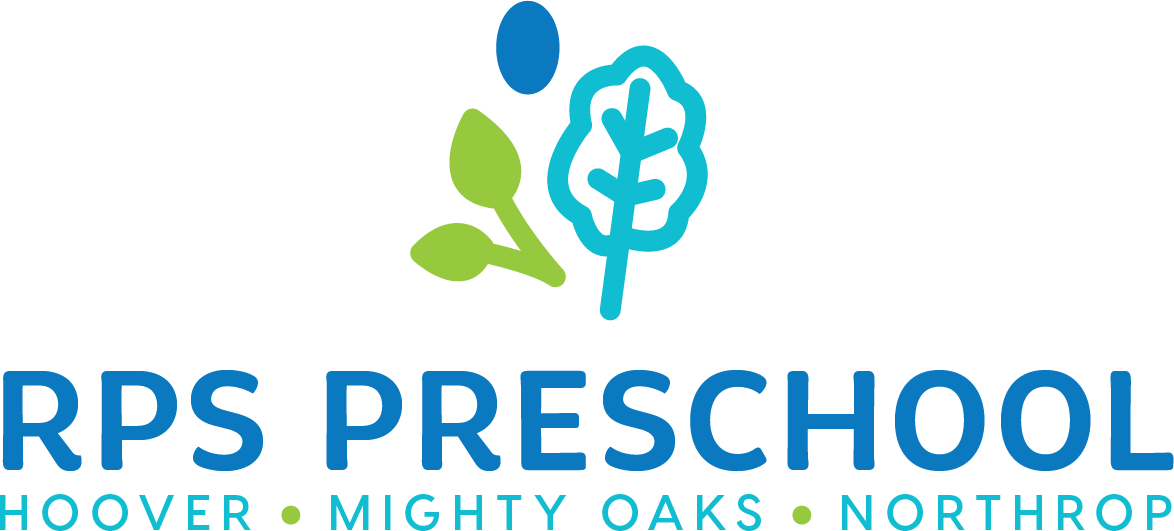Frequently Asked Questions
What is the ratio of teachers to students?
Our classes average between 12 and 16 students with 2 to 3 teachers or staff members in the room.
What is the difference between half-day and full-day preschool?
Our half-day programs are designed for children ages 3 to 5, while our full-day preschool programs are tailored for 4 to 5-year-olds who will be eligible for kindergarten the following year.
Both program options provide enriching early learning experiences that foster skill development across all areas, supporting the growth of the whole child.
What is the difference between the 3-5 and 4-5 age group classes?
Both our 3-5 and 4-5 age group classes follow the same curriculum and assessments. The primary difference lies in the peer groups. Many students thrive when given the chance to take on a leadership role among their peers, and this opportunity often arises in our mixed-age classrooms, where older children can practice their learning by guiding younger ones.
In both options, students are exposed to opportunities to engage in learning that expands on their knowledge of the world around them and is guided by our teachers to meet their social and academic goals.
Are there options for childcare before or after preschool classes?
Currently we offer Preschool Afterschool Child Care (PACC) both before and after classes at Hoover Early Learning School and Preschool Enrichment classes at Mighty Oaks Early Learning School.
How many meals are served to preschoolers?
Half-day preschoolers are provided with a daily snack.
Full-day preschool students enjoy two snacks and a mid-day lunch. These students can either choose a district-provided hot lunch or bring their own meals from home. Families are able to indicate any allergy concerns to our team so we can ensure food safety.
Is there nap time in preschool?
Our full-day classrooms have a 30-minute rest time or quiet time where students can reflect on their morning and take a short break. Napping is not required, although some students do fall asleep. All children are provided with personal space and quiet activities they can do if they do not wish to sleep.
What type of communication can I expect from my teacher and the preschool program?
Teachers regularly share updates about what is happening in classrooms, ways parents can be involved, and what to expect moving forward through communication tools, email, and phone calls.
In addition, teachers have conferences twice a year to share more individualized information with families about their child’s progress and development. Parents are encouraged to share what ways they best like to receive communication and are always welcome to check in with their teachers throughout the year for updates between conferences.
